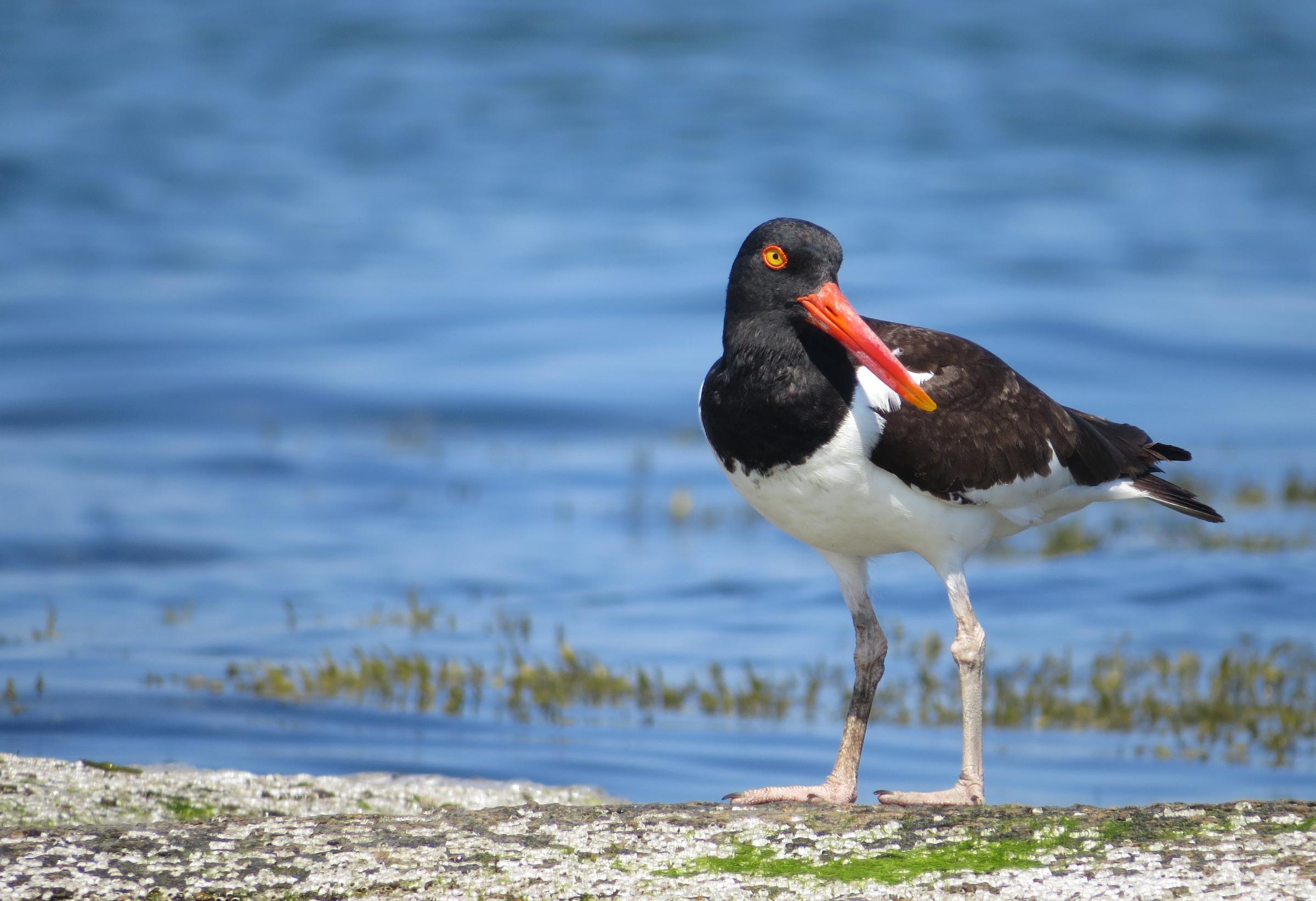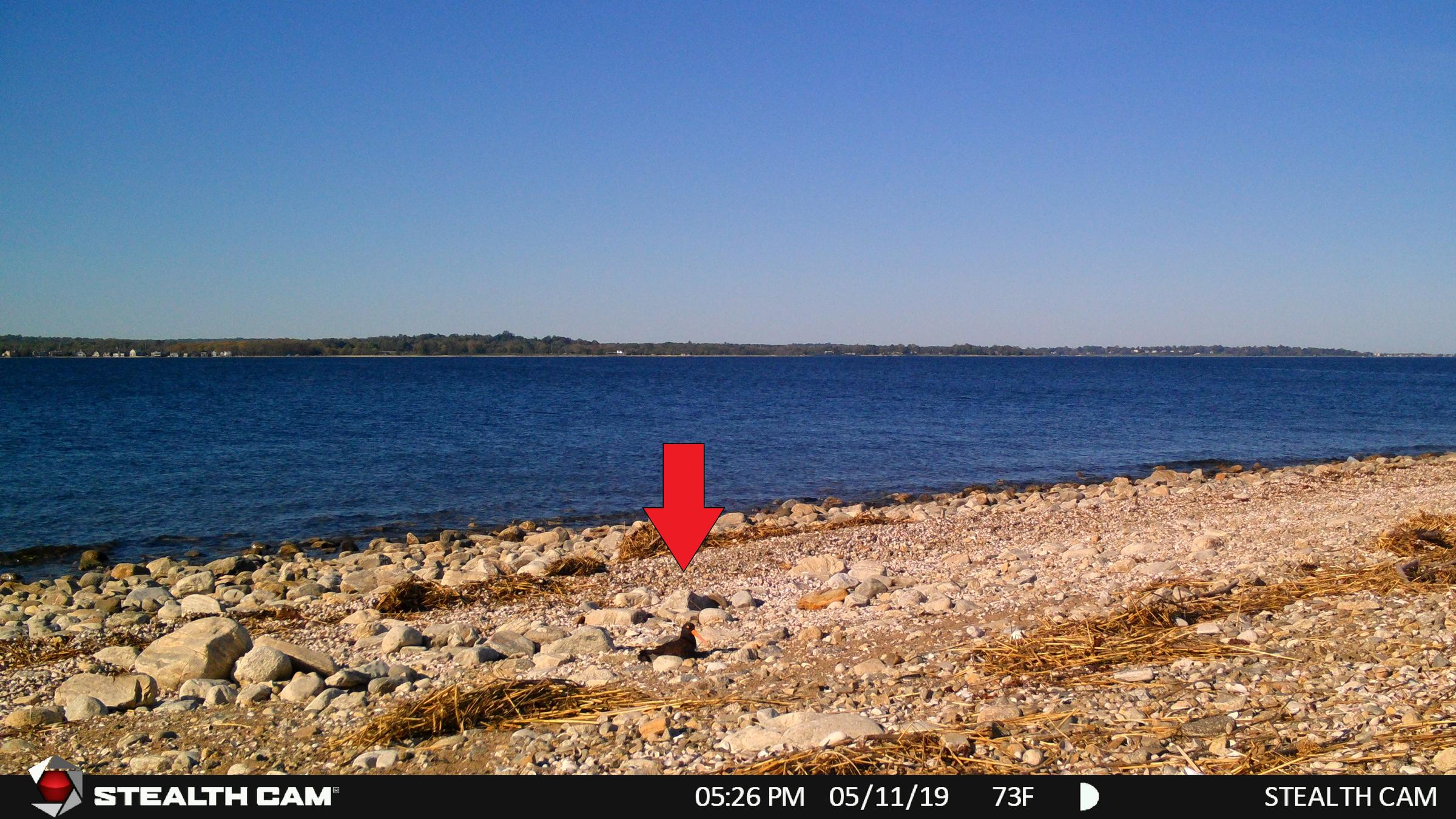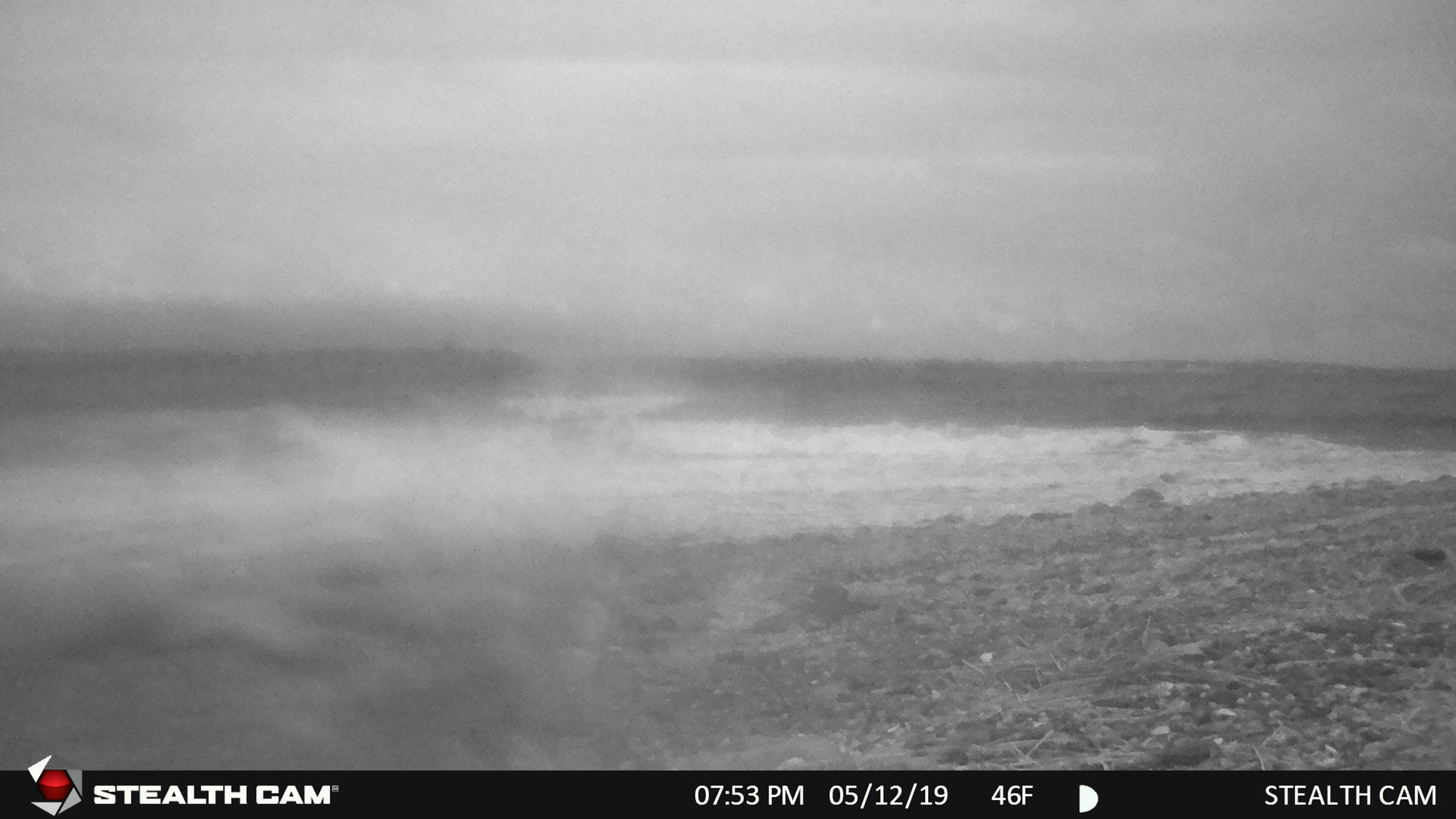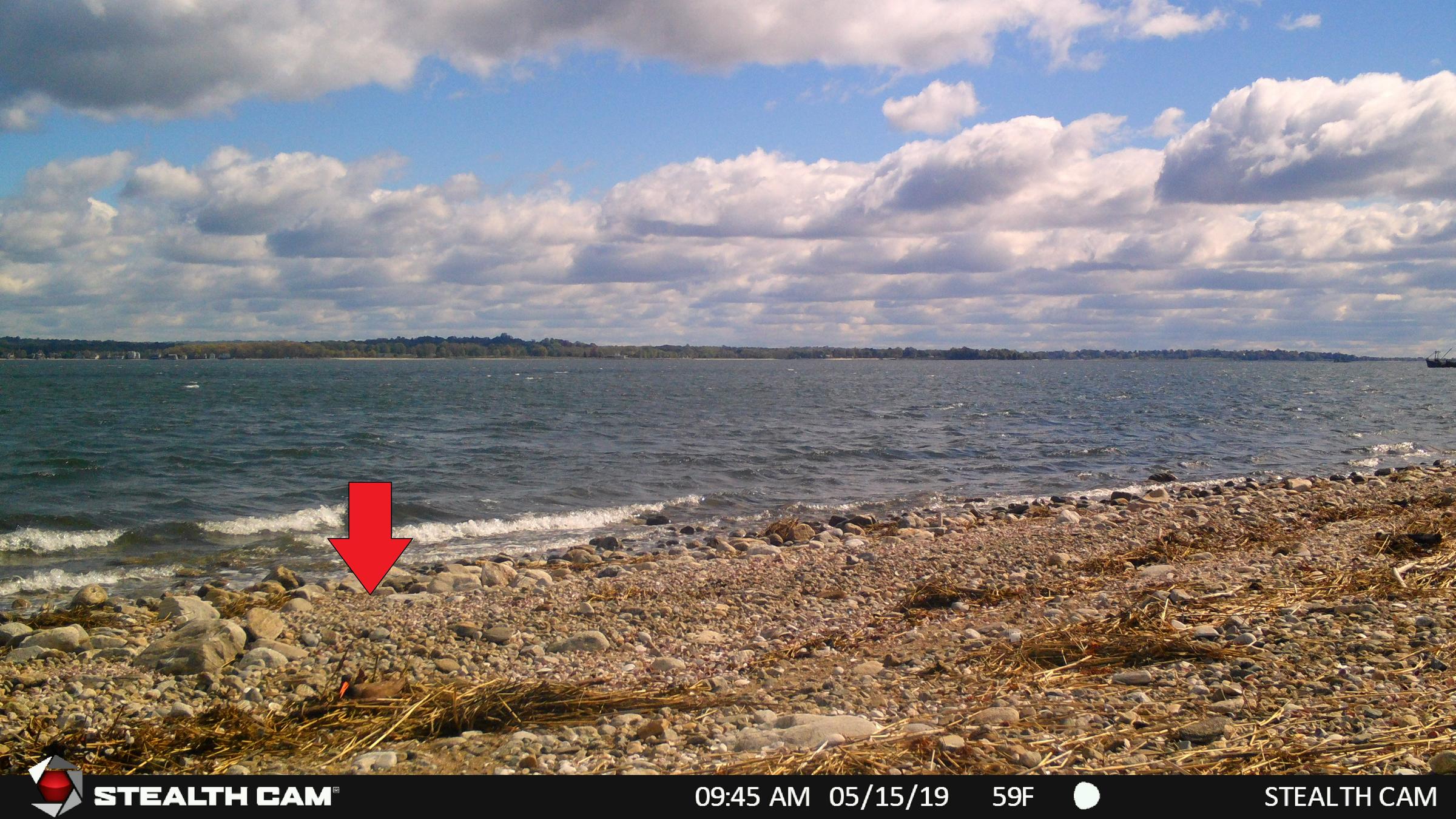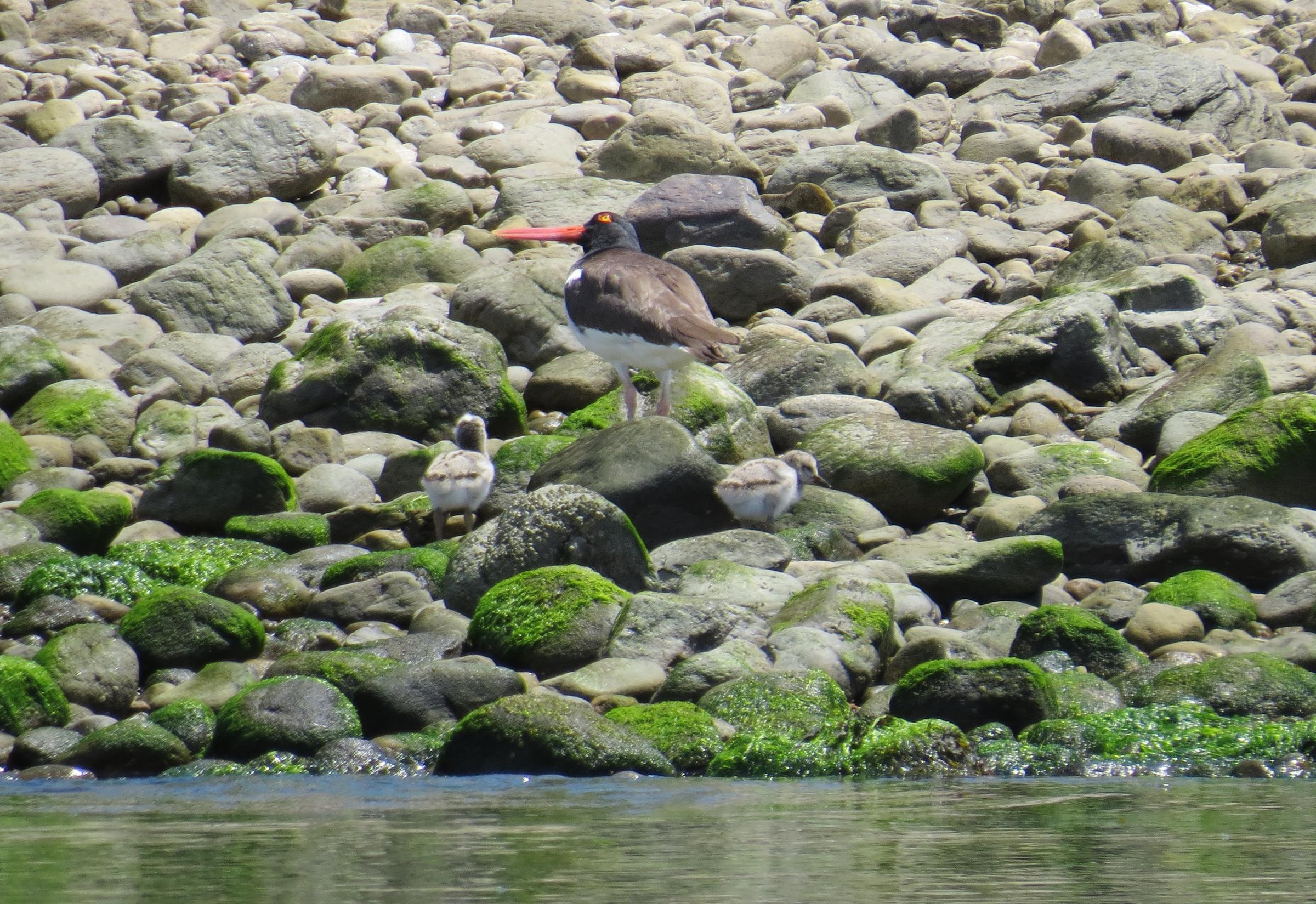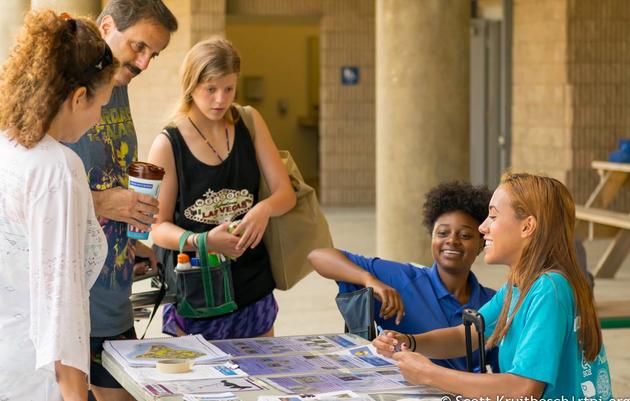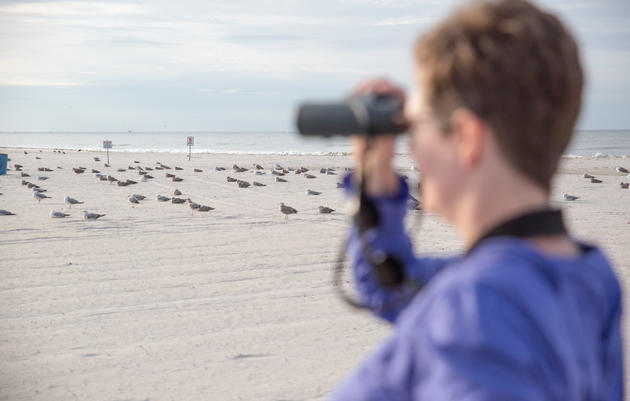When a camera positioned on an American Oystercatcher’s nest captured a particularly large storm wave washing over it, we thought for sure the parents would abandon it. Surprisingly, the next day the relocated nest was re-claimed by the devoted parents, who continued to incubate until the chicks hatched! Scroll through the photos at the bottom of the aricle to see the story unfold.
The large, unmistakable American Oystercatcher is a threatened species in Connecticut, and one of the shorebirds that Audubon Connecticut’s coastal conservation efforts are focused on in spring and summer. Our work with volunteers and partner organizations on Connecticut’s coast has made a significant impact on this beach-nesting species.
This season was full of firsts – traveling to different nesting sites by boat allowed Audubon Connecticut field staff to cover more ground than ever before and we were able to identify new nesting sites and staging areas* for American Oystercatchers. Also for the first time, we were able to utilize cameras stationed on beaches to monitor nest activity more closely, and they certainly captured some incredible moments.
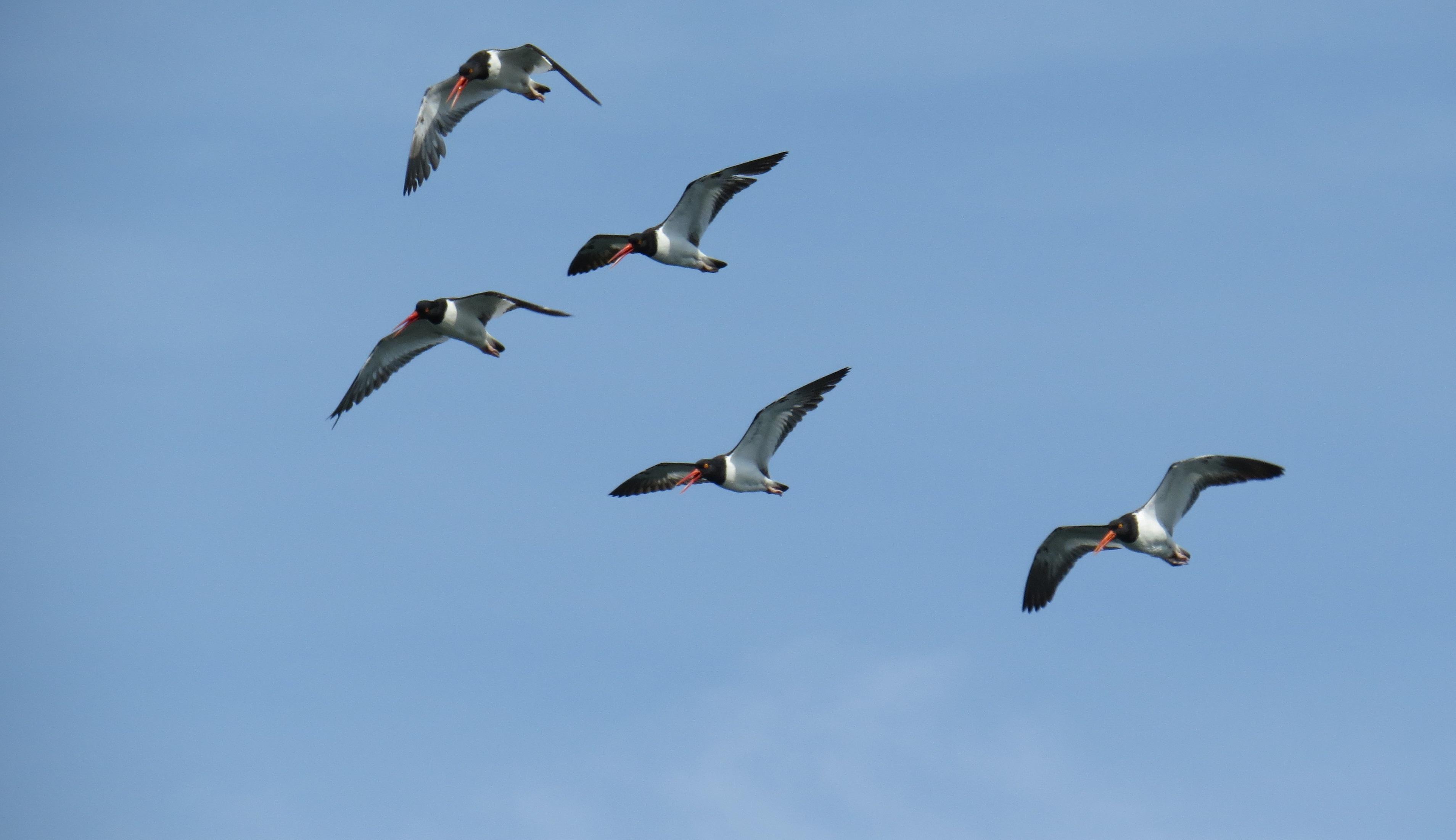
NUMBERS ON THE RISE
When it comes to growing the population of a threatened species, every individual bird matters.
This year, the American Oystercatcher nesting sites on Connecticut’s mainland beaches (those prone to the highest level of predation and human disturbance) produced ten fledglings – a huge increase from last year’s lonely one! Four of these 10 fledglings were hatched at sites where Audubon had not yet seen success since beginning our monitoring efforts in 2011.
The Wildlife Guards of Pleasure Beach got the surprise of the summer when two American Oystercatcher chicks fledged on a beach they helped monitor! This is the first time oystercatchers successfully nested at the site since the beach reopened to the public in 2014.
If nesting oystercatchers are initially successful, their chicks will typically hatch in May, but the true test of success is whether or not the chicks then survive long enough to “fledge,” or fly on their own. This can take up to 35 days, during which the chicks are at their most vulnerable.
These birds and their chicks are at the mercy of beachgoers; if we walk through nesting areas, disobey leash laws, and leave predator-attracting litter on beaches, their chances for survival significantly decline.
Audubon Connecticut’s staff and volunteers’ had an almost daily presence on the beaches – educating beach goers, maintaining string fencing, reporting the number of dogs on the beaches, and leading beach clean-ups. Despite these efforts, it is still important for beachgoers to #SharetheShore with beach-nesting birds and continue to help us spread awareness!
RETURNING MIGRANTS
Another way we are able to monitor population numbers and migratory routes is through bird banding. Last summer, Audubon and partners launched an American Oystercatcher banding program on Connecticut's coast. This summer, we were excited to see the return of nine of the 11 birds banded in 2018, plus we banded 12 more. It is encouraging to see the year to year survival; eventually, this can offer insight on the oystercatchers’ longevity and lifetime productivity.
*Oystercatchers will congregate in large groups in the spring before nesting season begins and once nesting season ends, before embarking on their migration.

